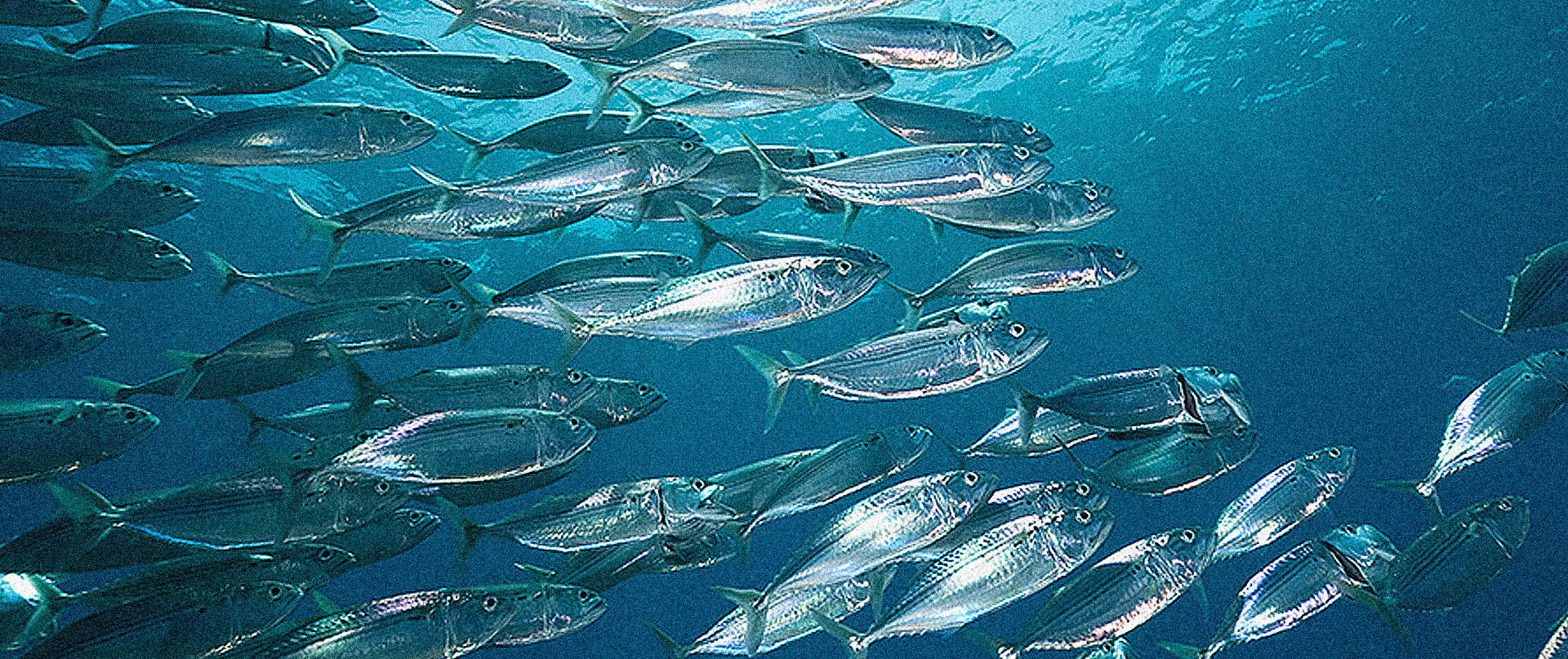
Loading

seafood encyclopedia

Atlantic Mackerel

 Overview
Overview
- Scientific Name: Scomber scombrus
- US Market Name(s): Mackerel
- Canada Market Name(s): Mackerel, Atlantic Mackerel
 Culinary Profile
Culinary Profile
Mackerel flesh offers a high oil content and a strong, distinct flavour. When raw - flesh is firm and brownish. When cooked - flesh becomes a creamy white colour.
 Description
Description
Mackerel is the common name applied to many species of fish - including the Atka Mackerel, Atlantic Mackerel, Pacific Mackerel and others. Atka Mackerel are members of the Hexagrammidae family – where as Atlantic and Pacific Mackerel are members of the Scrombidae family. Atlantic Mackerel and Pacific Mackerel are the two species caught commercially in the largest quantities. Both fish are known for their greenish blue backs, elongated round body and lack of scales. The Atlantic species is easily distinguished from its Pacific counterpart by its silver-coloured body below the midline and a lack of small dusky blotches. Atlantic Mackerel grow to be about 18 inches long.
 Habitat
Habitat
Atlantic Mackerel are pelagic and travel in schools – they can be found on both sides of North Atlantic Ocean.
 Fishing Season
Fishing Season

 Sustainability Status
Sustainability Status
Mackerel are fast-growing fish and are therefore resilient to fishing pressure. Pelagic and mid-water trawls used to catch Mackerel have low bycatch rates and do not damage the seafloor. Atlantic Mackerel were overfished in the 1960s and 1970s. Stocks have now recovered to healthy levels and no overfishing is occurring.
